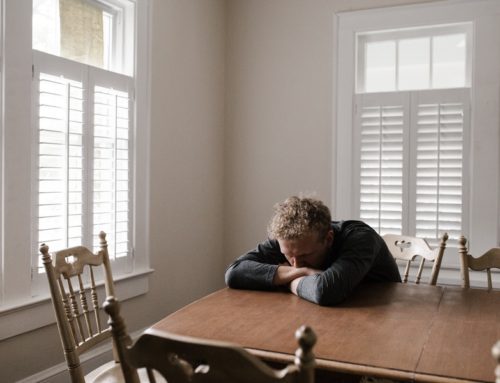September is National Suicide Prevention Awareness Month. Suicide is a scourge that just doesn’t go away. In fact, suicide in the United States is on the rise, even though the suicide rate worldwide has been on the decline since 2010. In the USA, death rates from suicide have increased by 30 percent. In 2016, 45,000 Americans lost their lives to suicide, while over a million people attempted suicide. New research shows that suicide rates are higher in the rural United States than suburban and urban areas, and those rates are accelerating.
Consider these statistics:
- Suicide is responsible for over 45,000 deaths every year.
- Every year, 250,000 people survive a suicide attempt.
- Depression affects about 25 percent of Americans over age 18
- For every suicide, there are 25 attempts.
- Suicide is on the rise in rural areas.
- Suicide rates are higher and riser faster in rural America.
Common warning signs of suicide:
- Comments about suicide, such as“I wish I weren’t here,” or “Everyone would be better off without me.” This is known as suicidal ideation.
- Unusual withdrawal from social ties, including friends and family
- Moods swings not typical for the person or more severe mood swings
- Giving away possessions
- Arranging for future dispositions of dependers, property or pets
- Impulsive, reckless or life-endangering behaviors
People who commit suicide or make an attempt at suicide may show no outward signs at all. This is a common theme in many suicides, as the individual may seem to be having no trouble whatsoever. Although some people will engage in suicidal behavior (suicidal gestures) before committing suicide, many do not.
A little under half of all people who die by suicide have a mental health issue. Depression, bipolar disorder and eating disorders are the most highly correlated mental conditions associated with suicide. Other risk factors include:
- Active substance abuse or addiction. Suicide is often a deeply impulsive act and intoxication of any form impairs rational thinking. People who relapse from addiction recovery are at high risk for suicide, as well.
- Mental health disorders, particularly depression and other mood disorders
- Having a family member who committed suicide
- Lack of access to mental health care
- Social withdrawal or social isolation
- A disability, chronic disease, chronic pain or a degenerative medical condition
- Recently divorce, bereavement, or the loss of a career
- Relapse into addiction or substance after a significant period of sobriety
- Fascination with death or morbid thinking (this can be common in teenagers)
- People under 24 and above 65 are more likely to commit suicide.
- Women are more likely to attempt suicide than men, but men are about 5 times as likely to die by a first attempt at suicide. Death by firearm is most common in men.
Signs of Imminent Danger:
- A sudden mood shift from severe anxiety or depression and despair to serenity, in the absence of bipolar disorder, in which such shifts are not uncommon.
- Giving away possessions
- Appearing to put one’s affairs in order
Interventions:
Asking a person if they’re thinking of harming anyone cannot cause suicide. If you think someone might be having a hard time, it’s crucial to ask if the personal has a plan to harm themselves. Ask direct questions like “Do you have anyone I can contact?” If they don’t and are in an acute psychiatric emergency, of which suicide of the most serious of all, offer to take them to a local emergency room. Emergency rooms have the resources to keep a person safe until psychological or psychiatric help can be gotten. Dialing 911 is also an appropriate response when a person is in imminent danger.
Damaris Aragon, ARNP, BC provides a full spectrum of mental health care to people in Spokane, Washington and the surrounding areas. She focuses on providing compassionate personalized care that adheres to current evidence-based standards. Reach out to Damaris through her contact page or calling 509-342-6592.






